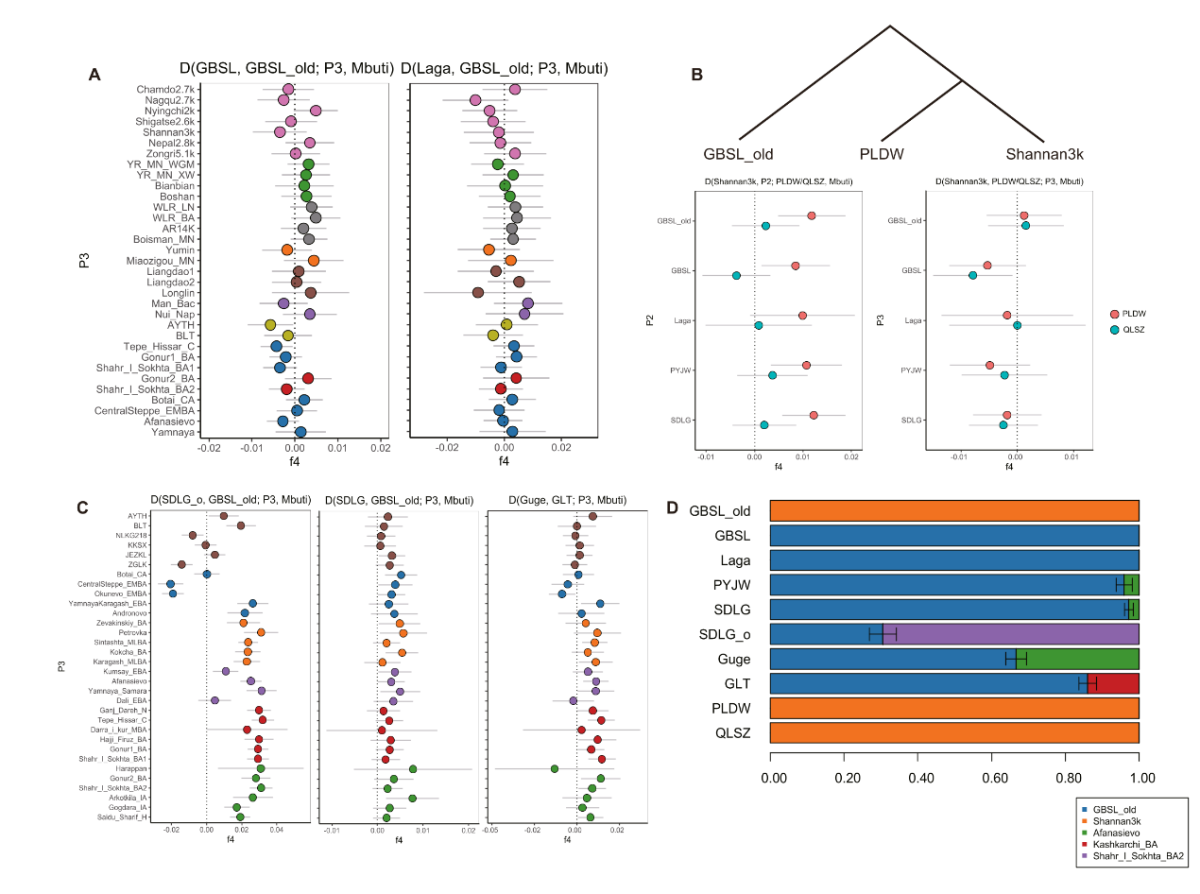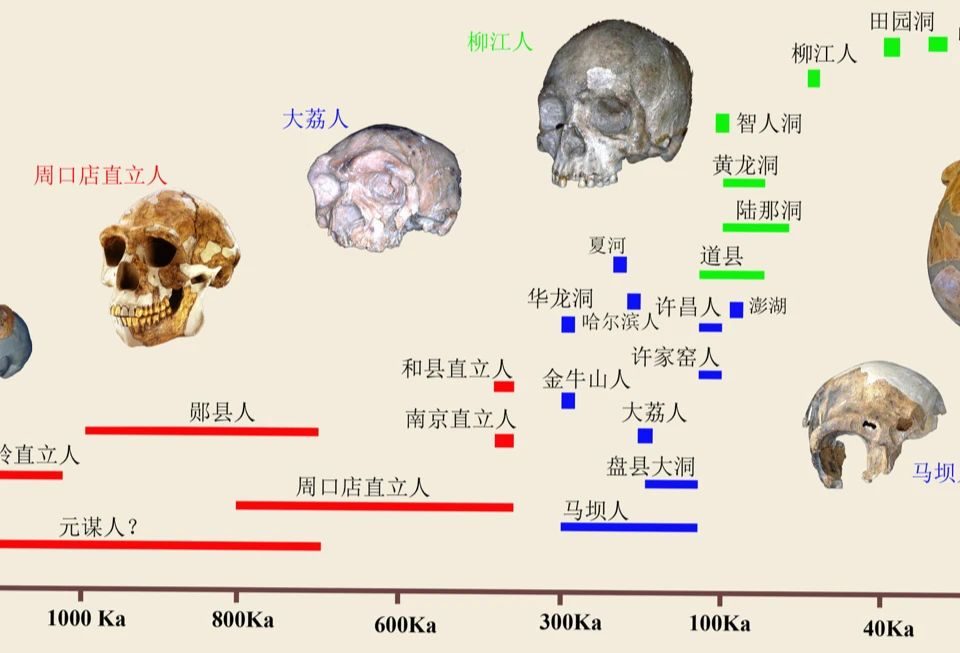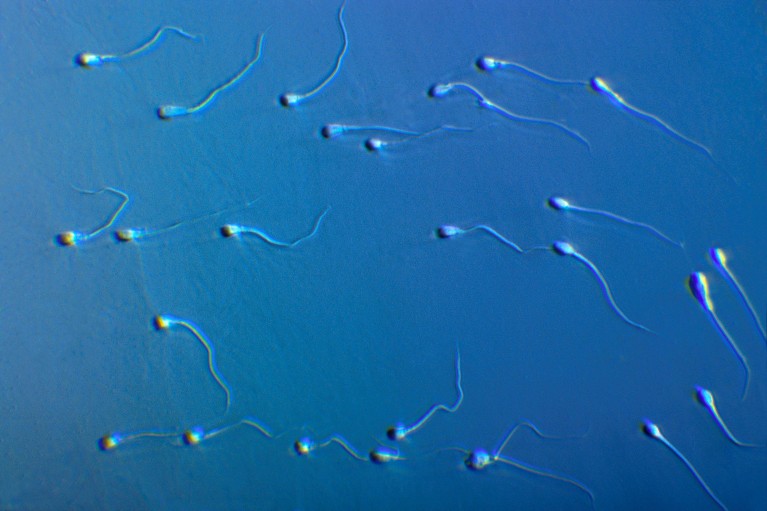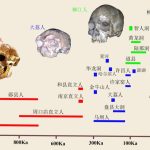
Interpreting Major Scientific Questions of 2024 | “Are Ancient Humans Found in China Ancestors of Modern Chinese People?”
2024年7月11日
Who’s Afraid of Genetic Ancestry?
2024年7月23日Ancient DNA Study Reveals Complex Interaction History Between Ancient Western Tibetans and External Populations
n May 22, 2024, a research team led by Researcher Fu Qiaomei from the Institute of Vertebrate Paleontology and Paleoanthropology (IVPP) of the Chinese Academy of Sciences, in collaboration with the Tibet Autonomous Region Institute of Cultural Relics Protection, published their findings on the ancient genomes of populations in the Ali region of western Tibet. The study, titled “Ancient genomes revealed the complex human interactions of the ancient western Tibetans,” was published online in the journal Current Biology.
The Ali region of western Tibet, connecting the Tibetan Plateau with South and Central Asia, is a potential corridor for early human interactions. Previous studies confirmed that as early as 2300 years ago, genetic influences from Central Asian populations had reached this area. However, the genetic history of the region’s populations before this time was unclear.
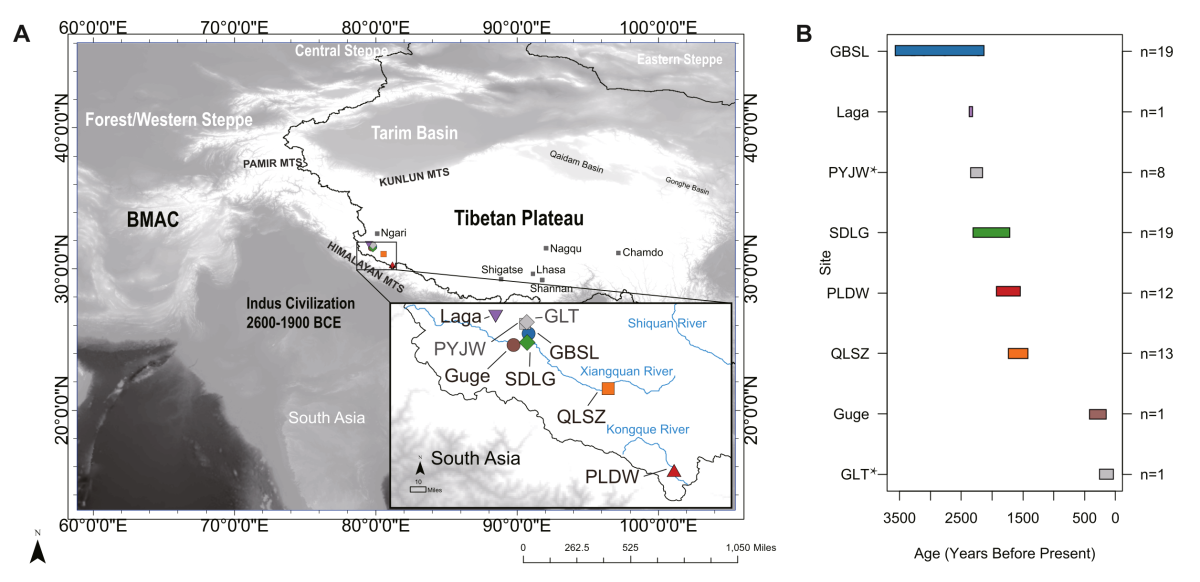
In this new study, the researchers successfully sequenced the genomes of 65 individuals from six archaeological sites in the Ali region, dating from 3500 to 300 years ago. The new data cover the oldest burial site in the region from 3500 years ago, as well as later sites such as Gebusailu, Laga, Sandalongguo, Pulanduo, Qulong, Saza, and the Guge Kingdom. Combined with previously published data from the Ali region, the absolute dating range of these samples spans from 3500 to 150 years ago, providing a basis for systematically reconstructing the genetic evolutionary history of the region over the past 3500 years.
I. Genetic Characteristics of Ancient Western Tibetans and Internal Interactions
Previous knowledge of the genetic history of western Tibetan populations was limited, based only on a single site from 2300 years ago, which suggested some genetic exchange between western Tibetans and Central Asians. However, the exact timing and extent of this interaction were unclear. This study, by analyzing genetic information from multiple sites across different times and spaces in western Tibet, reconstructs thousands of years of genetic and interaction history.
The research found that the genetic makeup of the Ali populations 3500 years ago was similar to that of southern Tibetan populations, without additional Central or South Asian genetic components. This genetic makeup remained stable in northwestern Ali for over a thousand years, as evidenced by the Gebusailu and Laga populations from 2300 years ago, which showed genetic similarities to the populations from 3500 years ago. This indicates that during this period, the Ali populations mainly carried genetic components from southern Tibet, with Central or South Asian influences appearing much later.
From 2300 years ago onwards, signals of Central Asian genetic components began to appear in some northwestern Ali sites, but even by 150 years ago, these components accounted for less than 15% of the genetic makeup. Overall, the indigenous genetic makeup of Ali dominated from 3500 to 150 years ago.
The genetic data also indicate multiple waves of population spread and exchange within the Tibetan Plateau. By 3500 years ago, the genetic characteristics of southern and western Tibetan populations were already highly similar, suggesting earlier expansions from southern to western Tibet. Additionally, populations in southeastern Ali, from the Peacock River to the upper reaches of the Xiangquan River, were further influenced by southern Tibetan populations between 1800 and 1600 years ago. This implies that expansions from southern Tibet to western Tibet occurred multiple times, even before the Tibetan Empire’s expansion in the 7th century.
II. Interactions Between Ancient Western Tibetans and External Populations
Although Central Asian genetic components began influencing some Ali populations around 2300 years ago, they remained a small proportion (less than 5%) of the genetic makeup. These results provide genetic evidence of cultural interactions between the ancient populations of the Tibetan Plateau and neighboring regions such as Xinjiang, Central Asia, and South Asia, while also indicating that human migration and mixing across these regions were limited.
From 2000 years ago, South Asian genetic components also influenced the Ali region. Interestingly, these components came from mixed populations settled in Central Asia, who carried both Central and South Asian genetic components but exhibited South Asian cultural traits. Previous research suggests these were immigrants from the South Asian Indus Valley Civilization who had settled in Central Asia. This study is the first to find South Asian genetic influences in ancient populations of the Tibetan Plateau, providing clues to interactions between Tibetan populations and those of the Indus Valley Civilization.
In the 9th century, as the Tibetan Empire declined, the descendants of the Tibetan royal family established the Guge Kingdom in the Ali region, which lasted until the 17th century. Samples from the Guge Kingdom show genetic influences from Central Asian populations, with Central Asian components accounting for up to 15% of the genetic makeup. These findings indicate that although the genetic makeup of western Tibetan populations remained relatively stable over millennia, they were also influenced by multiple interactions and integrations with neighboring populations, leading to a complex genetic landscape.
In conclusion, this ancient DNA study reveals the complex interaction history between ancient western Tibetans and populations in surrounding regions, providing crucial insights into the genetic evolution of the Tibetan Plateau and enriching our understanding of ancient human migrations and interactions.
